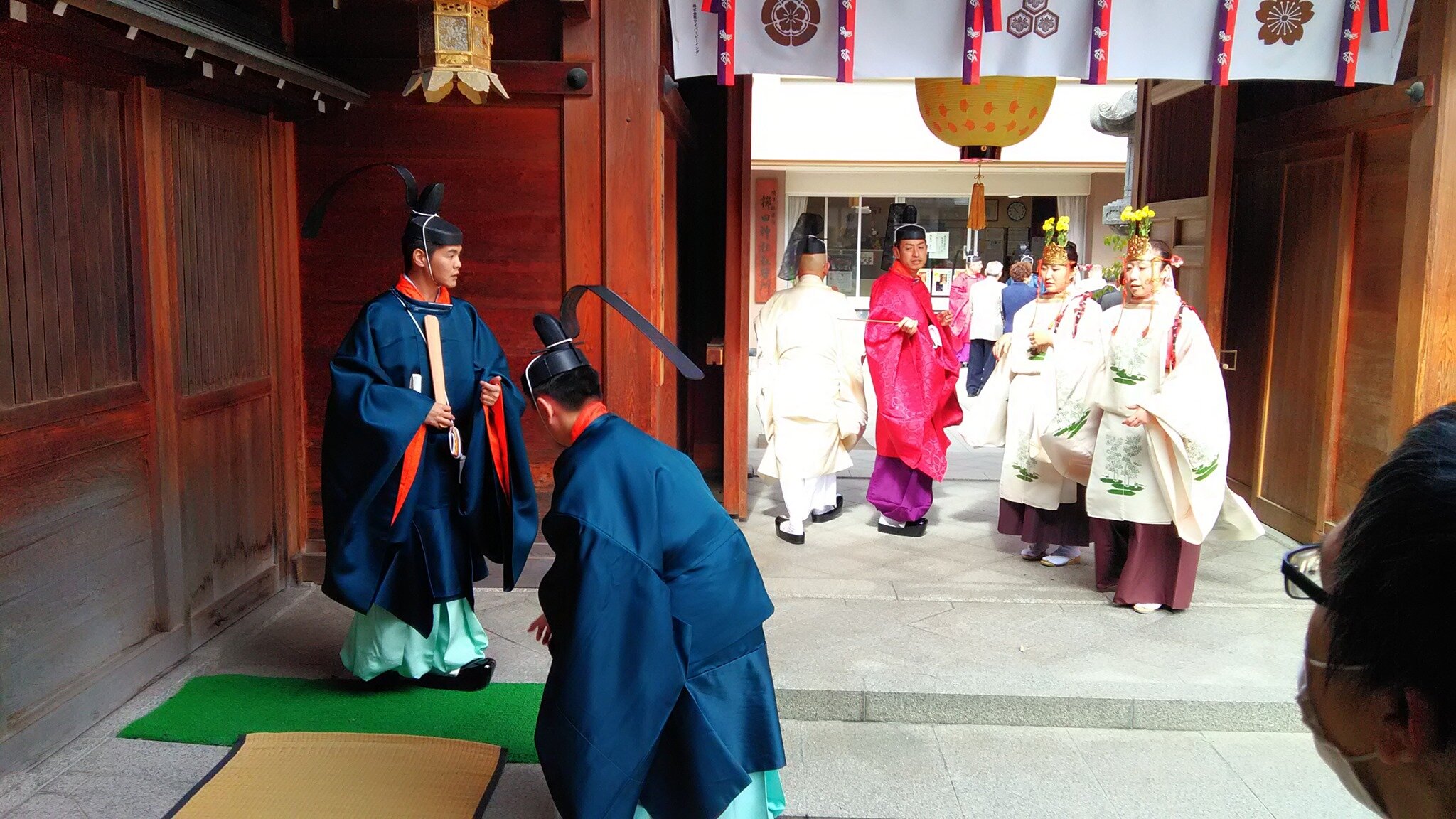Rice Culture in Japan
More than Food
Rice is one of the oldest symbols of Japan and its culture. As soon as it was introduced to the country, it became one of Japan’s most important staple foods. The main reason behind it is how suitable its climate is for rice cultivation, which demands generous irrigation. Japan’s frequent rains, hot and humid weather, and an overall abundance of water constitute the ideal conditions for rice. On the other hand, it’s not the best environment to grow e.g. wheat, which is weak to snow and humidity.
Several places in Japan are especially known for their rice production – they are sometimes referred to as “places for rice (komedokoro 米所)”. One of them is the Uonuma city in Niigata prefecture, which is said to produce the most exquisite rice in all of Japan, called Koshihikari (越光). Fukushima, too, was among Japan’s top rice producers and that is also one of the reasons why the infamous nuclear incident took such a heavy toll on the Japanese economy.
Susenji, Itoshima, Fukuoka prefecture
Kome (米), Ine (稲) or Gohan (ご飯)?
There are several words used to talk about rice in Japanese. First of them is ine (稲) – rice plant; rice that hasn’t been harvested yet. Then we have kome (米) – harvested but uncooked grain of rice. Once it’s cooked, rice becomes gohan (ご飯) or meshi (飯), which is also a synonym for meal.
Moreover, particularly in sushi restaurants, it’s sometimes called shari (舎利), which at the same time means Buddha’s bones, since rice is as white and as dear as the revered figure’s remains. Rice can also be referred to with the English word adjusted to Japanese pronunciation, raisu, when it is eaten with a spoon rather than chopsticks, for example as the curry dish karē raisu.
To finish with a kawaii touch, the baby word for rice, manma, is said to be a transformation of the word umai, which means delicious.
The Origin of Rice Culture
Rice was thought to have been given to humans by the gods when they descended to reign over the Earth. They brought rice along with four other grains: millet, wheat, soy and barley. This notion is also present in the Chinese mythology, in which gods provided humans with food and the knowledge how to cultivate it. In another version of the myth, rice and other grains originated from the corpse of a goddess, additionally explaining why rice is so highly respected. A similar notion can be found in many Austronesian mythologies and could be considered a proof that Japan had also been colonized by the Pacific Ocean tribes.
Studying the myths surrounding rice, academics have come up with the hypothesis of Japan’s double colonization during the Yayoi period (200 BC – 200 AC) by different populations that came from the North and the South. Those myths are thought to be related to historic episodes of those people migrating to Japan and bringing with them the knowledge of agriculture, foreign to the indigenous inhabitants mainly reliant on hunter-gatherer practices. As soon as agriculture was introduced, though, rice culture reshaped the Japanese environment, as mountains got progressively inhabited and carved with rice paddies.
Rice and Festivals
The importance of rice again came to general attention after the tragic events of the Kobe earthquake in 1995, when the inhabitants of the region were affected by severe food scarcity. People from all over Japan helped them by sending rice balls (onigiri or omusubi). To celebrate this episode the government decided in 2000 to institute a “Rice Ball Day” (musubi no hi 結びの日) to never forget the importance of food represented here by a rice ball.
Many festivities throughout Japan are connected with rice cultivation. In spring you can see performed Hana Taue (花田植え) dances and rites celebrating the action of planting rice on the rice paddies once they are flooded. In fall people celebrate the harvest with many festivities such as the Kunchi matsuri held in Nagasaki and in the northern cities of Kyushu, or kagura dances held in fall, which fall into the category of fall festivals (akimatsuri 秋祭り).
During these events the participants have special dances in the place where gods are thought to descend from the Heavenly Plane to spend the night with the humans, and enjoy the results of the year-long hard labor.
Kunchi festival in Kushida Shrine, Fukuoka
Rice and Samurai
Until the Edo period, the economy and the taxation of the highest social strata, the samurai and his retainers, based on the kokudaka system (石高), which measured how much rice they could harvest. Rice was considered a pure and noble means of transaction, while gold and money were dirty and polluted. As such, the merchant class was not considered highly and placed at the bottom of the social pyramid, even though actually their wealth made them more influential than many samurai.
Sadly farmers, despite being second to samurai in the hierarchy, were usually poor and rarely had the privilege of eating white rice, which was regarded as a refined meal reserved for the upper classes. They mainly ate barley and other types of vegetables they grew aside or when the rice paddies where left to rest during winter. Commoners could eat rice only on special occasions such as the New Year festivities or during festivals and that is also why those events hold such a dear place in the hearts of the Japanese people.
© Austrian National Library
Written by Marty Borsotti





